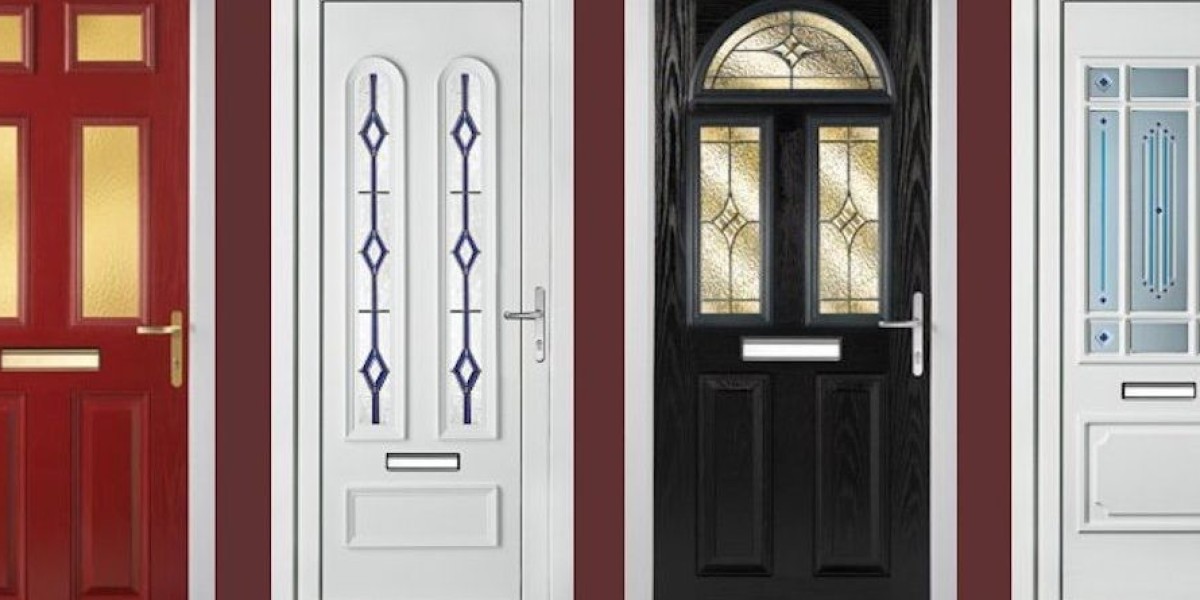Window installation is a critical component of building construction and renovation, significantly affecting energy efficiency, aesthetics, and overall structural integrity. Proper installation techniques and the choice of materials can enhance the lifespan of windows and improve indoor comfort. This article explores the essential aspects of window installation, including preparation, techniques, materials, and common challenges faced by installers.

1. Importance of Proper Window Installation
Windows serve multiple functions in a building, including providing natural light, ventilation, and thermal insulation. Poorly installed windows can lead to a range of issues, such as water infiltration, air leaks, and reduced energy efficiency. According to the U.S. Department of Energy, up to 30% of a home's heating and cooling energy can be lost through its windows. Thus, optimizing window installation is crucial for achieving energy efficiency and maintaining a comfortable indoor environment.
2. Types of Windows
Before delving into installation techniques, it is essential to understand the various types of windows available on the market. The most common types include:
- Double-Hung Windows: These windows have two sashes that slide vertically, allowing for ventilation from both the top and bottom.
- Casement Windows: Hinged at the side, these windows open outward and provide excellent ventilation and unobstructed views.
- Sliding Windows: These windows consist of two or more sashes that slide horizontally, making them ideal for wide openings.
- Awning Windows: Hinged at the top, these windows open outward and are often used in combination with other window types for improved ventilation.
- Fixed Windows: These windows do not open and are used primarily for aesthetic purposes or to allow light into a space.
3. Preparation for Window Installation
Proper preparation is vital to ensure a successful window installation. The following steps should be taken before installation begins:
3.1. Assessing the Opening
The first step is to measure the window opening accurately. Use a level to check for plumbness and square the opening. Any irregularities in the opening must be addressed before installing the new window.
3.2. Removing the Old Window
If replacing an existing window, the old window must be removed carefully. This process involves removing any trim or molding, cutting through caulking, and taking out the window without damaging the surrounding structure.
3.3. Inspecting the Frame
Once the old window is removed, inspect the frame for any signs of damage or rot. Repair or replace any compromised sections to ensure a solid foundation for the new window.
4. Installation Techniques
The installation technique varies based on the type of window being installed. However, some general steps apply to most installations:
4.1. Dry Fitting
Before securing the window in place, perform a dry fit to ensure it fits correctly in the opening. This step allows for any necessary adjustments before final installation.
4.2. Applying Flashing
To prevent water infiltration, apply flashing tape around the perimeter of the window opening. This tape should be installed in a shingle fashion, with the bottom piece applied first, followed by the sides and top.
4.3. Setting the Window
Carefully position the window into the opening, ensuring it is centered and level. Use shims to adjust the window’s position as needed. It is crucial to leave a small gap between the window frame and the rough opening to allow for expansion and https://ynaf.org.uk/youth-art-award-royal-norfolk-show-2024/ contraction.
4.4. Securing the Window
Once the window is properly positioned, secure it in place using screws or nails, depending on the manufacturer’s recommendations. Be cautious not to overtighten, as this can warp the frame.
4.5. Insulating and Sealing
After securing the window, fill the gap between the window frame and the rough opening with insulation foam or fiberglass. This step is essential for preventing air leaks and improving energy efficiency. Finally, apply caulk around the exterior perimeter of the window to create a watertight seal.
5. Materials Used in Window Installation
The materials used in window installation play a significant role in the overall performance and durability of the window. Key materials include:
- Window Frames: Common materials for frames include vinyl, wood, aluminum, and fiberglass. Each material has its advantages and disadvantages regarding insulation, maintenance, and aesthetics.
- Glazing: The type of glass used in windows affects energy efficiency and sound insulation. Double or triple-pane glass with low-emissivity (Low-E) coatings can significantly reduce heat transfer.
- Sealants and Insulation: High-quality sealants and insulation materials are crucial for preventing air and water leaks. Expanding foam insulation can provide superior performance compared to traditional fiberglass batting.
6. Common Challenges in Window Installation
Despite careful planning and execution, window installation can present several challenges:
6.1. Structural Issues
Older homes may have settled or shifted over time, leading to irregular window openings. Installers must be prepared to address these issues, which may require additional framing or shimming.
6.2. Weather Conditions
Extreme weather conditions can impact the installation process. Rain, snow, or high winds can hinder the ability to work effectively and may require rescheduling the installation.

6.3. Building Codes and Regulations
Installers must be aware of local building codes and regulations that govern window installation. Failure to comply can result in fines or the need for costly rework.
7. Conclusion
Effective window installation is vital for enhancing a building's energy efficiency, comfort, and aesthetic appeal. By understanding the various types of windows, employing proper installation techniques, and selecting the right materials, homeowners and contractors can ensure a successful installation process. Addressing common challenges and adhering to building codes will further contribute to the longevity and performance of the installed windows. As energy efficiency remains a priority in modern construction, optimizing window installation practices will continue to be an essential focus for the industry.





